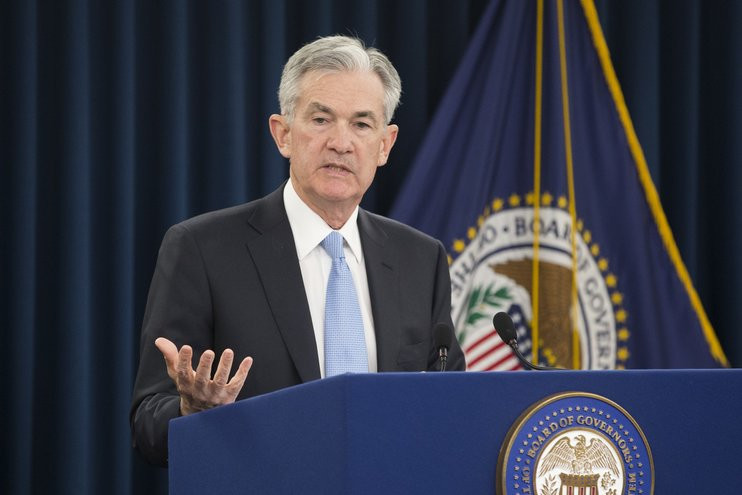
Today, the long-awaited speech of the Chair of the US Federal Reserve, Jerome Powell took place at the symposium in Kansas City. As expected, Powell announced a global policy change, particularly the matter of targeting average inflation. It all basically comes down to not raising interest rates until inflation is above the standard target of 2%. Moreover, the Federal Reserve System intends to reconsider its approach to employment levels intending to focus on those with low incomes. Thus, the labor market should receive additional support, which, in turn, will contribute to the normalization of the situation in the country's economy.
All of these changes have been incorporated into a new policy plan program called the Long-Term Objectives and Monetary Strategy Statement.
In general, all the actions of the Fed can be reduced to one principle. In the event that the unemployment rate declines, then interest rates will not start to increase until this is reflected in inflation and it goes up.
A new approach to the problem of employment will be based on what estimates the Federal Reserve will give on its maximum level in the country. The main regulator remains deeply concerned about how the coronavirus pandemic has affected low- and moderate-income strata. It is the restoration of the balance in these sectors that the authorities will first of all deal with.
The head of the Fed noted that the regulator's plans do not intend to set artificial targets for unemployment. Moreover, all changes in further policy, on the contrary, will proceed solely from those conditions that will naturally develop in the market. Earlier, forecasts of the regulator reflected the fact that inflation should rise much earlier than the moment when the unemployment rate reaches 3.5%. However, this did not happen, to which Jerome Powell drew attention. In addition, Powell also stressed that an inflation rate of 2% is a perfectly acceptable target in the long term.
Immediately after the end of Powell's speech, everything was in disarray in the currency and stock markets. However, after a while, the situation stabilized, and the US dollar gradually began to recover. Most experts predict its potential growth in the near future.





















